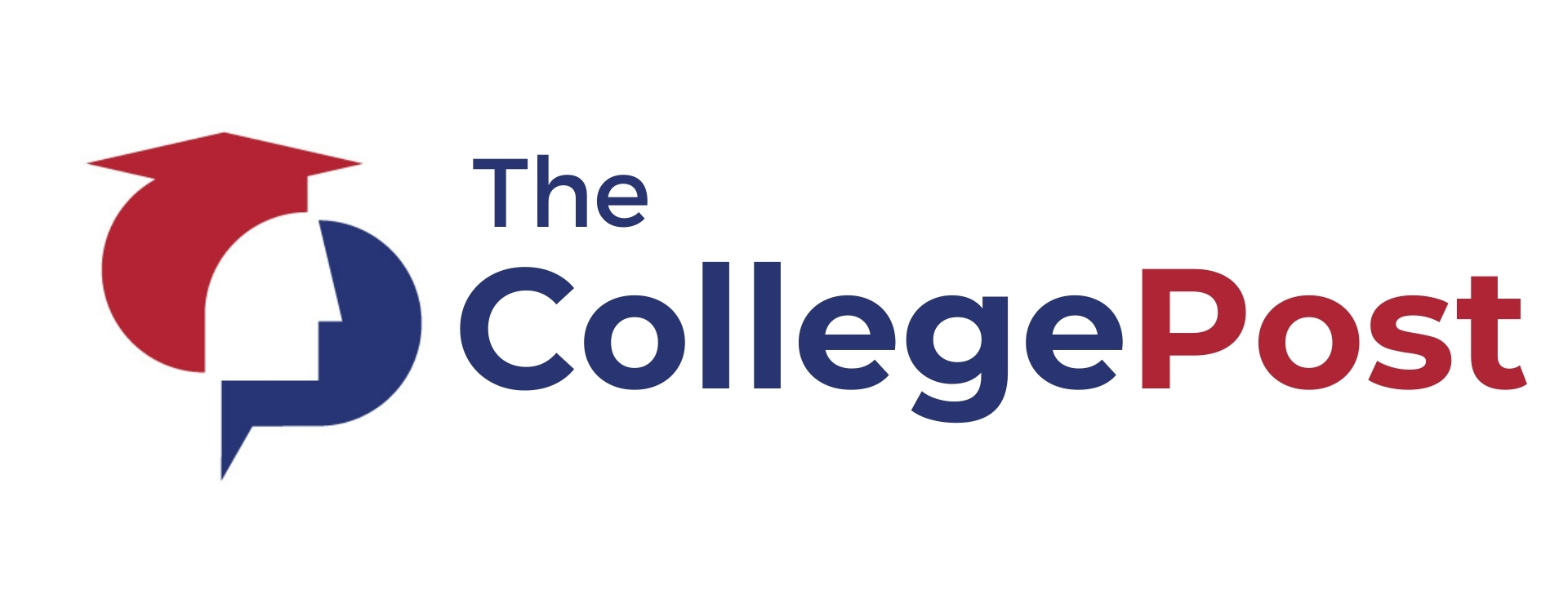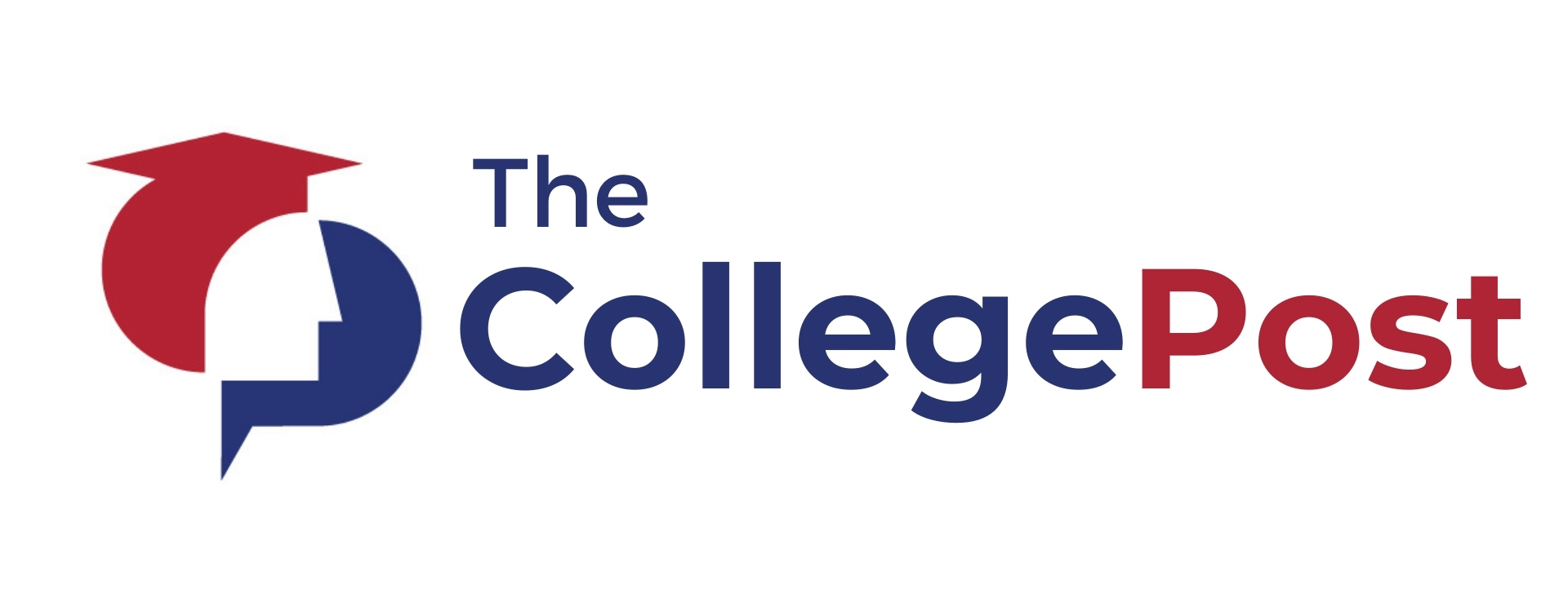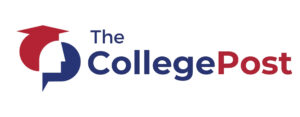North Carolina has more than one million residents who have taken student loans to pay for their colleges, a new report by the Center for Responsible Lending has revealed.
In the last decade, the state has seen a 286 percent jump in outstanding student loan debts levels from $15.4 billion in 2008 to $44 billion in 2018. The high borrowing pattern has been observed in almost all age cohorts.
For the youngest group of student loan borrowers ages 18–34, the median debt increased from $11,114 to $17,267, while for middle-aged student loan borrowers ages 35–54, the median debt increased from $10,673 to $23,703 affecting various aspects of their lives.
“This affects the state’s economy as student debtors delay or forgo homeownership, starting their own businesses, family formation, and/or saving for retirement and other long-term goals out of concern about their financial stability,” the report said.
Female students take more student loans than their male counterparts. Of those who took more than $26,500 in debt for an undergraduate degree, 68 percent are women.
Overall, many borrowers are struggling to repay their loans. Between 2005 and the second quarter of 2018, the severe student loan delinquency rate, which is when payments are not made for 90 days or longer, rose from 11.3 percent to 16.5 percent. The higher student loan delinquencies are mostly found in low income, rural communities and among service members and veterans.
The student loan burden is having a profound impact on communities of color. According to the report, the loan burdens widens the racial income and wealth gaps for borrowers of color which also makes them prone to delinquency and default on debt.
But HBCUs are playing a pivotal role in reducing the racial wealth gap by enrolling 45 percent of all African American undergraduates at public and private four-year institutions and awarding 43 percent of all bachelor’s degrees earned by the black students.
About 20 percent of borrowers of color have student loan debt in collections in comparison to 14 percent of those who live in predominately white neighborhoods.
The report included various policy recommendations, such as greater state funding to students and institutions across the state and implementing laws that set standards for student loan servicers and include a robust enforcement mechanism.
It also called for stronger protections to students from for-profit colleges and hold accountable for their competitiveness in the market.
Pennsylvania Ranks Top Among States with Highest Student Debt Levels


